
Deutsch-Chinesische Enzyklopädie, 德汉百科
 Breakthrough Prize
Breakthrough Prize

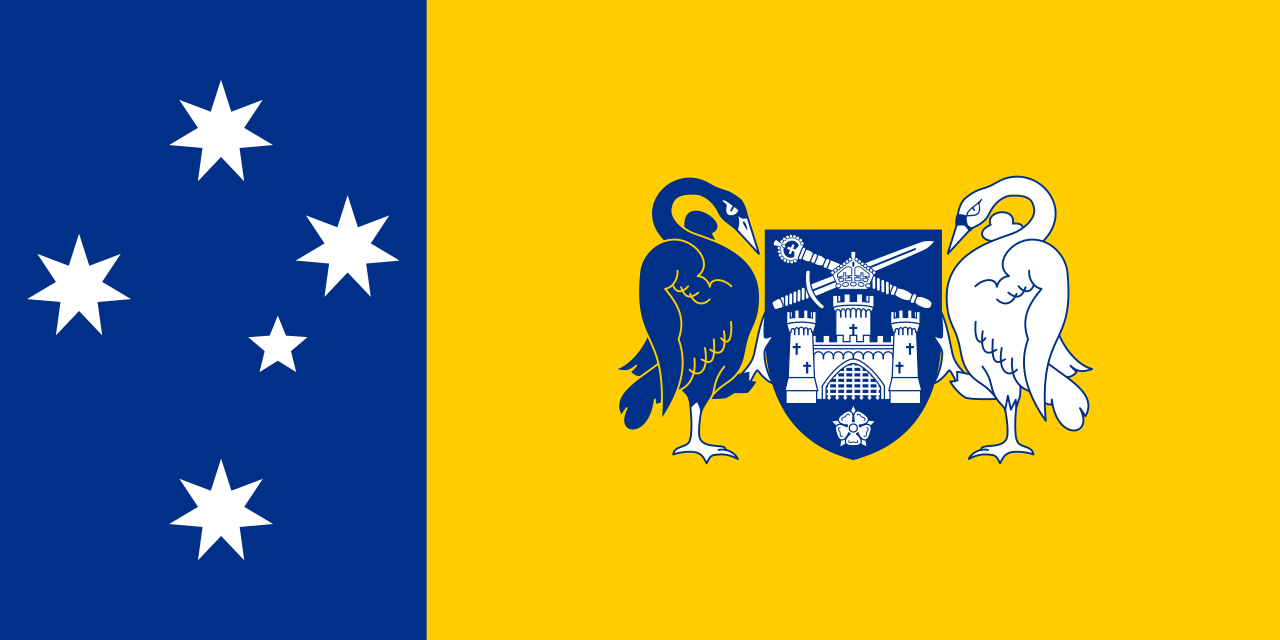 Australian Capital Territory-ACT
Australian Capital Territory-ACT
 Australia
Australia
 Breakthrough Prize
Breakthrough Prize
 Fundamental Physics Breakthrough Prize
Fundamental Physics Breakthrough Prize
 Group of Eight
Group of Eight
 Nobel prize
Nobel prize
 Nobel Prize in Physiology or Medicine
Nobel Prize in Physiology or Medicine
 Nobel prize
Nobel prize
 Nobel Prize in Physics
Nobel Prize in Physics
 Nobel prize
Nobel prize
 Nobel Memorial Prize in Economic Sciences
Nobel Memorial Prize in Economic Sciences
 Nobel prize
Nobel prize
 University/Institute
University/Institute
 Sinology
Sinology
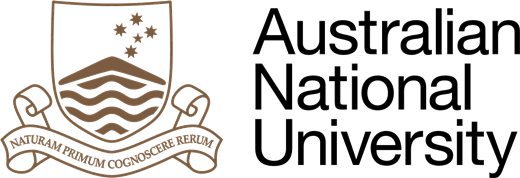
 Breakthrough Prize
Breakthrough Prize
 Breakthrough Prize in Mathematics
Breakthrough Prize in Mathematics
 Breakthrough Prize
Breakthrough Prize
 Breakthrough Prize in Life Sciences
Breakthrough Prize in Life Sciences
 Breakthrough Prize
Breakthrough Prize
 Fundamental Physics Breakthrough Prize
Fundamental Physics Breakthrough Prize
 Russia
Russia
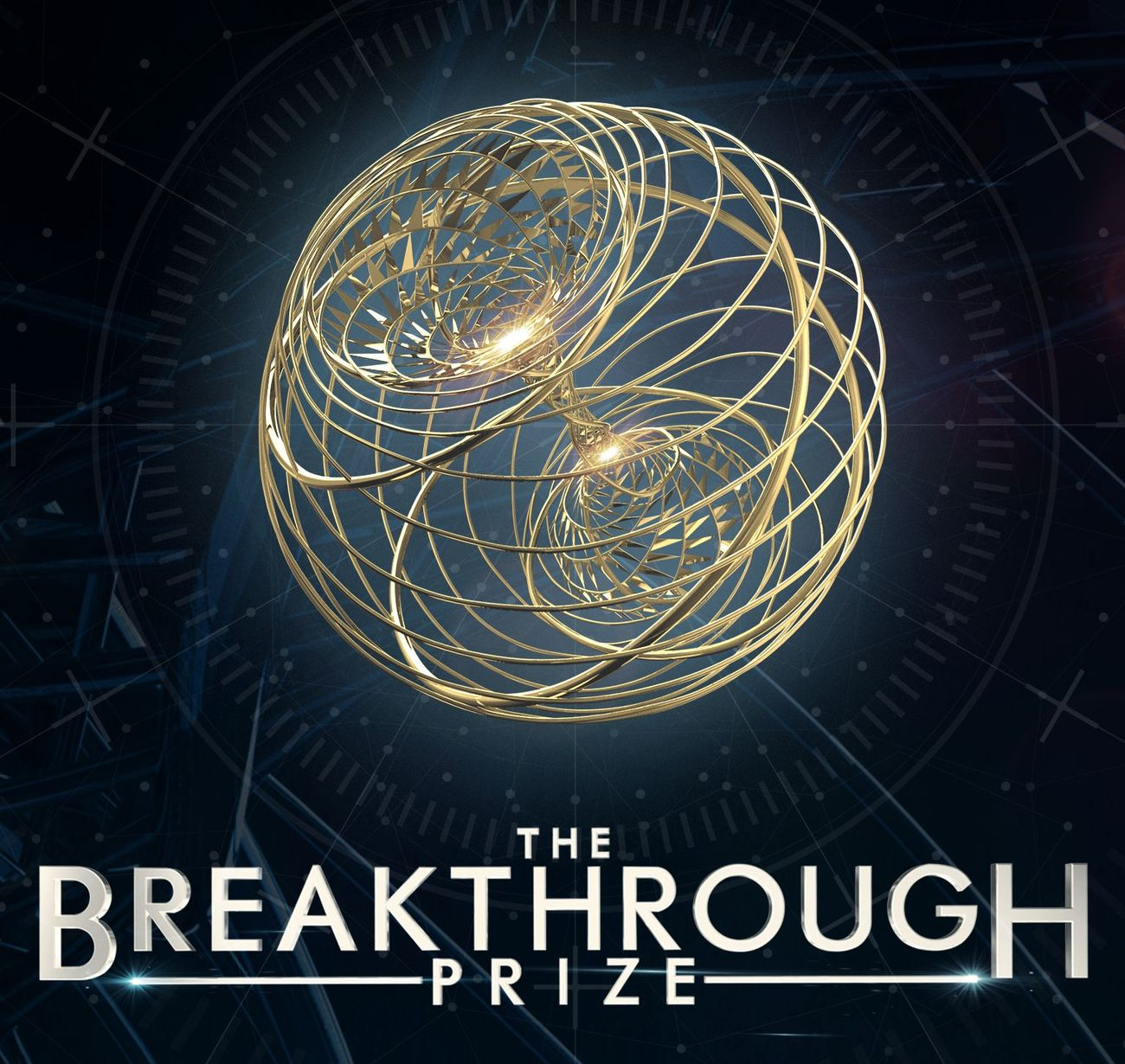
 Breakthrough Prize
Breakthrough Prize
 Fundamental Physics Breakthrough Prize
Fundamental Physics Breakthrough Prize
 Breakthrough Prize
Breakthrough Prize
 Breakthrough Prize in Life Sciences
Breakthrough Prize in Life Sciences
 Breakthrough Prize
Breakthrough Prize
 New Horizons in Physics Prize
New Horizons in Physics Prize

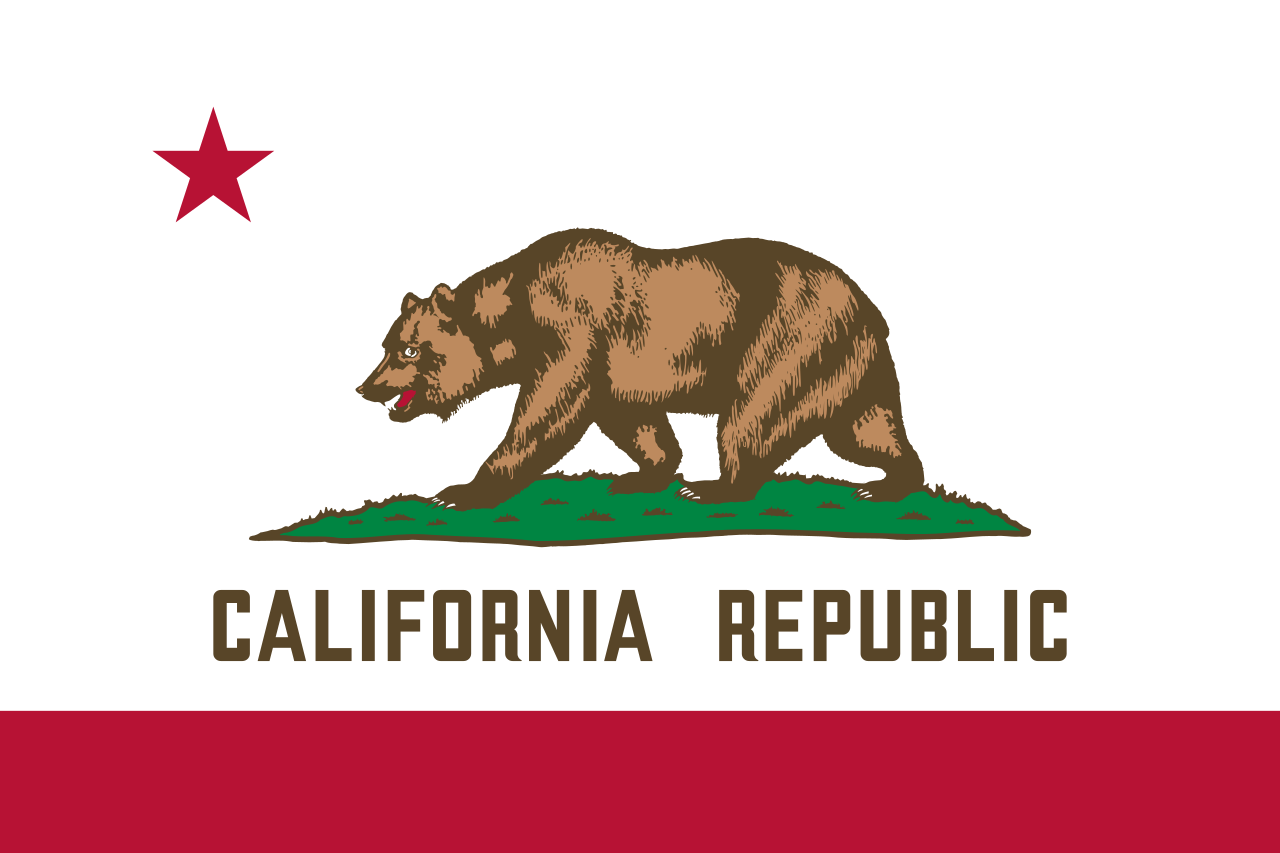 California-CA
California-CA
 Nobel prize
Nobel prize
 Nobel Prize in Chemistry
Nobel Prize in Chemistry
 Nobel prize
Nobel prize
 Nobel Peace Prize
Nobel Peace Prize
 Nobel prize
Nobel prize
 Nobel Prize in Physics
Nobel Prize in Physics
 Nobel prize
Nobel prize
 Nobel Prize in Physiology or Medicine
Nobel Prize in Physiology or Medicine
 Nobel prize
Nobel prize
 Nobel Memorial Prize in Economic Sciences
Nobel Memorial Prize in Economic Sciences
 Nobel prize
Nobel prize
 University/Institute
University/Institute
 United States
United States
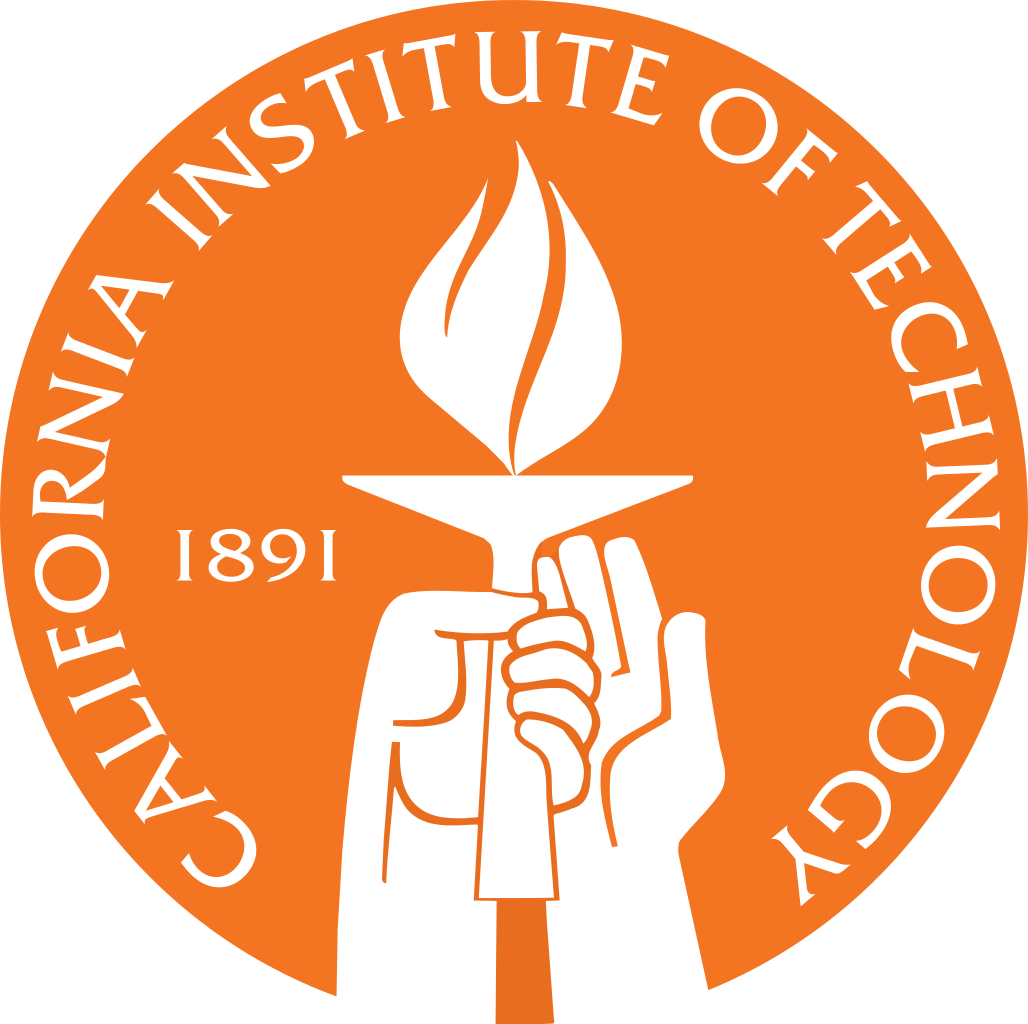
 Belgium
Belgium
 Breakthrough Prize
Breakthrough Prize
 Fundamental Physics Breakthrough Prize
Fundamental Physics Breakthrough Prize
 Bulgaria
Bulgaria
 Denmark
Denmark
 Germany
Germany
 Finland
Finland
 France
France
 Greece
Greece
 Israel
Israel
 Italy
Italy
 Netherlands
Netherlands
 Norwegen
Norwegen
 Austria
Austria
 Poland
Poland
 Portugal
Portugal
 Romania
Romania
 Sweden
Sweden
 Switzerland
Switzerland
 Genf
Genf
 Serbia
Serbia
 Slovakia
Slovakia
 Spain
Spain
 Czech Republic
Czech Republic
 Hungary
Hungary
 United Kingdom
United Kingdom

 Important International Organizations
Important International Organizations

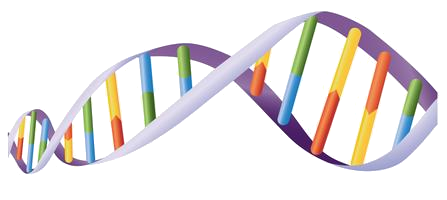 Science and technology
Science and technology
 *World famous research institutions
*World famous research institutions
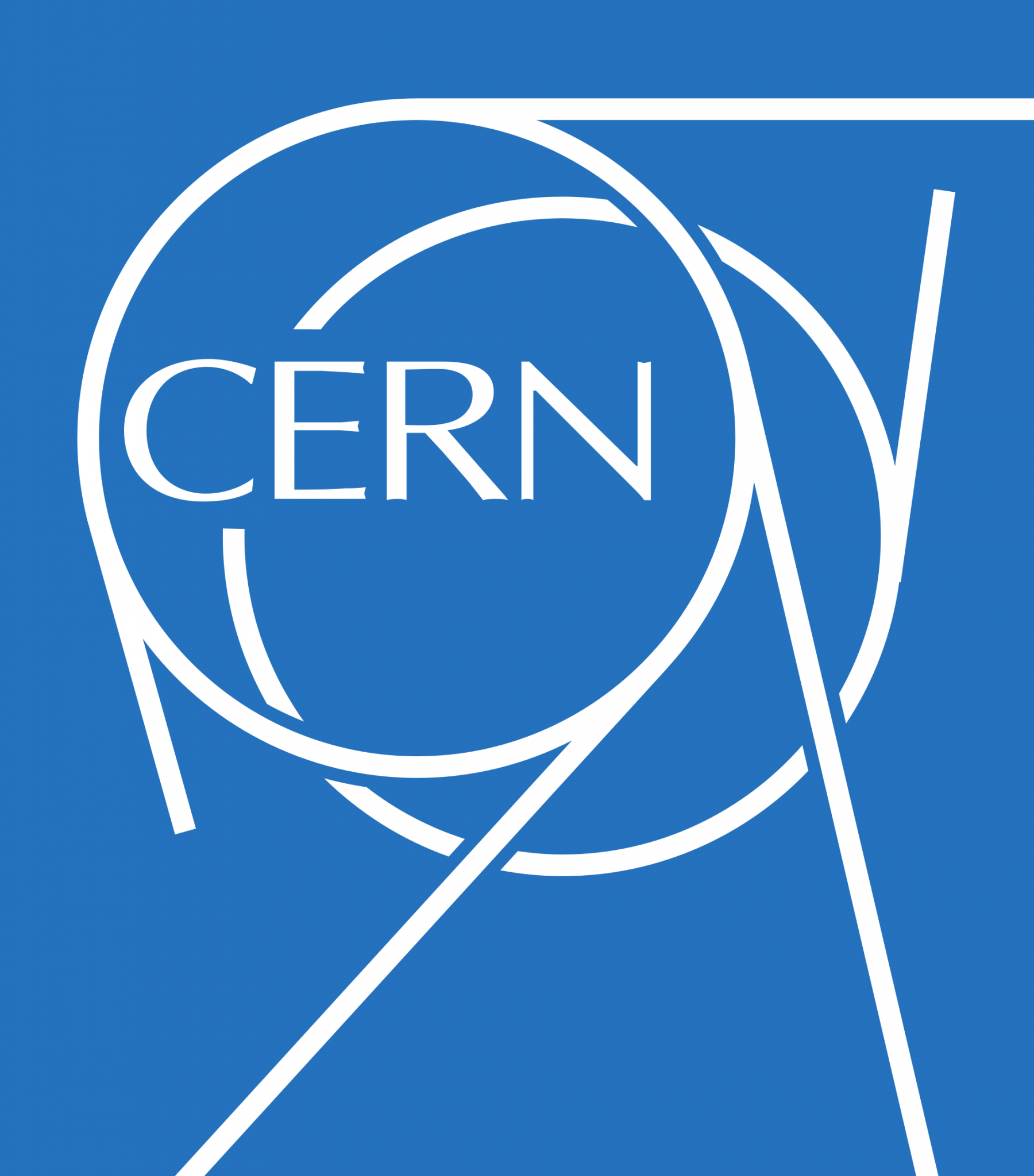
欧洲核子研究中心(法语:Organisation Européenne pour la Recherche Nucléaire;英文:European Organization for Nuclear Research,通常被简称为CERN ),是世界上最大的粒子物理学实验室,也是万维网的发祥地。它成立于1954年9月29日,总部位于瑞士日内瓦西北部郊区的法瑞边境上,享有治外法权。CERN目前有21个成员国。以色列是第一个也是目前唯一一个非欧洲成员国。
CERN也被用来称呼它的实验室,其主要功能是为高能物理学研究的需要,提供粒子加速器和其它基础设施,以进行许多国际合作的实验。同时也设立了资料处理能力很强的大型电脑中心,协助实验数据的分析,供其他地方的研究员使用,形成了一个庞大的网络中枢。
欧洲核子研究中心现在已经聘用大约三千名的全职员工。并有来自80个国籍的大约6500位科学家和工程师,代表500余所大学机构,在CERN进行试验。这大约占了世界上的粒子物理学圈子的一半。
粒子物理学博物馆欢迎一般公众在办公时间参观。除此之外,事前预约的话每天上下午共有两个时段可以参观实际的实验工作,并备有导览说明。导览员来自各国的实验合作者,可以提供多种语言的向导。
Das CERN, die Europäische Organisation für Kernforschung, ist eine Großforschungseinrichtung bei Meyrin im Kanton Genf in der Schweiz. Am CERN wird physikalische Grundlagenforschung betrieben, insbesondere wird mit Hilfe großer Teilchenbeschleuniger der Aufbau der Materie erforscht. Der derzeit bedeutendste ist der Large Hadron Collider, der 2008 in Betrieb genommen wurde.
Das Akronym CERN leitet sich vom französischen Namen des Rates ab, der mit der Gründung der Organisation beauftragt war, dem Conseil européen pour la recherche nucléaire. Die offiziellen Namen des CERN sind European Organization for Nuclear Research im Englischen beziehungsweise Organisation européenne pour la recherche nucléaire im Französischen.[1]
Derzeit hat das CERN 22 Mitgliedstaaten. Mit etwa 3.200 Mitarbeitern (Stand: 31. Dezember 2015)[2] ist das CERN das weltweit größte Forschungszentrum auf dem Gebiet der Teilchenphysik. Über 10.000 Gastwissenschaftler[2] aus 85 Nationen arbeiten an CERN-Experimenten. Das Jahresbudget des CERN belief sich 2014 auf ungefähr 1,11 Milliarden Schweizer Franken (ca. 1 Milliarde Euro).[3]
Das CERN ist außerdem der Geburtsort des World Wide Web.[4]
 *Chinese think tanks
*Chinese think tanks
 Anhui Sheng-AH
Anhui Sheng-AH
 Beijing Shi-BJ
Beijing Shi-BJ
 Breakthrough Prize
Breakthrough Prize
 Fundamental Physics Breakthrough Prize
Fundamental Physics Breakthrough Prize
 Chinese Academy of Science
Chinese Academy of Science
 Gansu Sheng-GS
Gansu Sheng-GS
 Guangdong Sheng-GD
Guangdong Sheng-GD
 Hubei Sheng-HB
Hubei Sheng-HB
 Jiangsu Sheng-JS
Jiangsu Sheng-JS
 Jilin Sheng-JL
Jilin Sheng-JL
 Liaoning Sheng-LN
Liaoning Sheng-LN
 National Key Laboratory of Plant Molecular Genetics
National Key Laboratory of Plant Molecular Genetics
 Shaanxi Sheng-SN
Shaanxi Sheng-SN
 Shanghai Shi-SH
Shanghai Shi-SH
 Sichuan Sheng-SC
Sichuan Sheng-SC
 State Key Laboratory for Superlattices and Microstructures
State Key Laboratory for Superlattices and Microstructures
 State Key Laboratory of Applied Optics
State Key Laboratory of Applied Optics
 State Key Laboratory of Biomembrane and Membrane Biotechnology
State Key Laboratory of Biomembrane and Membrane Biotechnology
 State Key Laboratory of Bioorganic and Natural Products Chemistry
State Key Laboratory of Bioorganic and Natural Products Chemistry
 State Key Laboratory of Cell Biology
State Key Laboratory of Cell Biology
 State Key Laboratory of Coal Conversion
State Key Laboratory of Coal Conversion
 State Key Laboratory of Computer Architecture
State Key Laboratory of Computer Architecture
 State Key Laboratory of Computer Science, Institute of Software
State Key Laboratory of Computer Science, Institute of Software
 State Key Laboratory of Desert and Oasis Ecology
State Key Laboratory of Desert and Oasis Ecology
 State Key Laboratory of Drug Research
State Key Laboratory of Drug Research
 State Key Laboratory of Functional Mmaterials for Informatics
State Key Laboratory of Functional Mmaterials for Informatics
 State Key Laboratory of Genetic Resources and Evolution
State Key Laboratory of Genetic Resources and Evolution
 State Key Laboratory of High Field Laser Physics
State Key Laboratory of High Field Laser Physics
 State Key Laboratory of High Performance Ceramics and Superfine Microstructure
State Key Laboratory of High Performance Ceramics and Superfine Microstructure
 State Key Laboratory of Information Security
State Key Laboratory of Information Security
 State Key Laboratory of Infrared Physics
State Key Laboratory of Infrared Physics
 State Key Laboratory of Isotope Geochemistry
State Key Laboratory of Isotope Geochemistry
 State Key Laboratory of Microfabrication Optical Technology
State Key Laboratory of Microfabrication Optical Technology
 State Key Laboratory of Molecular Biology
State Key Laboratory of Molecular Biology
 State Key Laboratory of Molecular Reaction Dynamics
State Key Laboratory of Molecular Reaction Dynamics
 State Key Laboratory of Neuroscience
State Key Laboratory of Neuroscience
 State Key Laboratory of Nuclear Detection and Nuclear Electronics
State Key Laboratory of Nuclear Detection and Nuclear Electronics
 State Key Laboratory of Organometallic Chemistry
State Key Laboratory of Organometallic Chemistry
 State Key Laboratory of Phytochemistry and Plant Resources in Western China
State Key Laboratory of Phytochemistry and Plant Resources in Western China
 State Key Laboratory of Plant Genomics Institute of Genetics and Developmental Biology Institute of
State Key Laboratory of Plant Genomics Institute of Genetics and Developmental Biology Institute of
 State Key Laboratory of Polymer Physics and Chemistry
State Key Laboratory of Polymer Physics and Chemistry
 State Key Laboratory of Remote Sensing Science
State Key Laboratory of Remote Sensing Science
 State Key Laboratory of Robotics
State Key Laboratory of Robotics
 State Key Laboratory of Soil and Sustainable Agriculture
State Key Laboratory of Soil and Sustainable Agriculture
 State Key Laboratory of Structural Chemistry
State Key Laboratory of Structural Chemistry
 State Key Laboratory of Transducer Technology
State Key Laboratory of Transducer Technology
 State Key Laboratory of Tropical Oceanography
State Key Laboratory of Tropical Oceanography
 State Key Laboratory on Integrated Optoelectronics
State Key Laboratory on Integrated Optoelectronics

 Science and technology
Science and technology
 *World famous research institutions
*World famous research institutions

 Science and technology
Science and technology
 Asian city
Asian city
 Xinjiang Uygur Zizhiqu-XJ
Xinjiang Uygur Zizhiqu-XJ
 Yunnan Sheng-YN
Yunnan Sheng-YN

Die Chinesische Akademie der Wissenschaften, früher auch bekannt als Academia Sinica (chin. 中國科學院 / 中国科学院, Zhōngguó Kēxuéyuàn, engl. Chinese Academy of Sciences (Abk. CAS)), ist die nationale Akademie für Naturwissenschaften der Volksrepublik China. Sie ist dem Staatsrat der Volksrepublik China unterstellt. Sie wurde im November 1949 gegründet und hat ihren Sitz in Peking mit zahlreichen Instituten in ganz China.
Die Chinesische Akademie der Wissenschaften hat fünf Abteilungen:
- I. Mathematik,
- II. Physik,
- III. Chemie,
- IV. Geowissenschaften und
- V. Technologie.
Weiter gliedert sich die Akademie in zwölf Zweigstellen in Shenyang, Changchun, Shanghai, Nanking, Wuhan, Guangzhou, Chengdu, Kunming, Xi'an, Lanzhou und in Xinjiang. Die Chinesische Akademie der Wissenschaften hat 84 Institute, eine Universität (die Chinesische Universität der Wissenschaften und Technik in Hefei, Anhui), zwei Colleges, vier Dokumentations- und Informationszentren, drei Zentren für technologischen Support und zwei Editionseinheiten. Diese Zweigstellen und Büros der Chinesischen Akademie der Wissenschaften befinden sich in zwanzig Provinzen und regierungsunabhängigen Städten Chinas. Die Chinesische Akademie der Wissenschaften hat in acht Industriezweigen über 430 Hochtechnologie-Unternehmen ausgestattet oder geschaffen. Acht dieser Gesellschaften sind börsennotiert.
 Breakthrough Prize
Breakthrough Prize
 New Horizons in Physics Prize
New Horizons in Physics Prize
 Ivy League
Ivy League

 Medical, Pharmaceutical, Rehabilitation
Medical, Pharmaceutical, Rehabilitation
 Medical colleges/Research Institute
Medical colleges/Research Institute

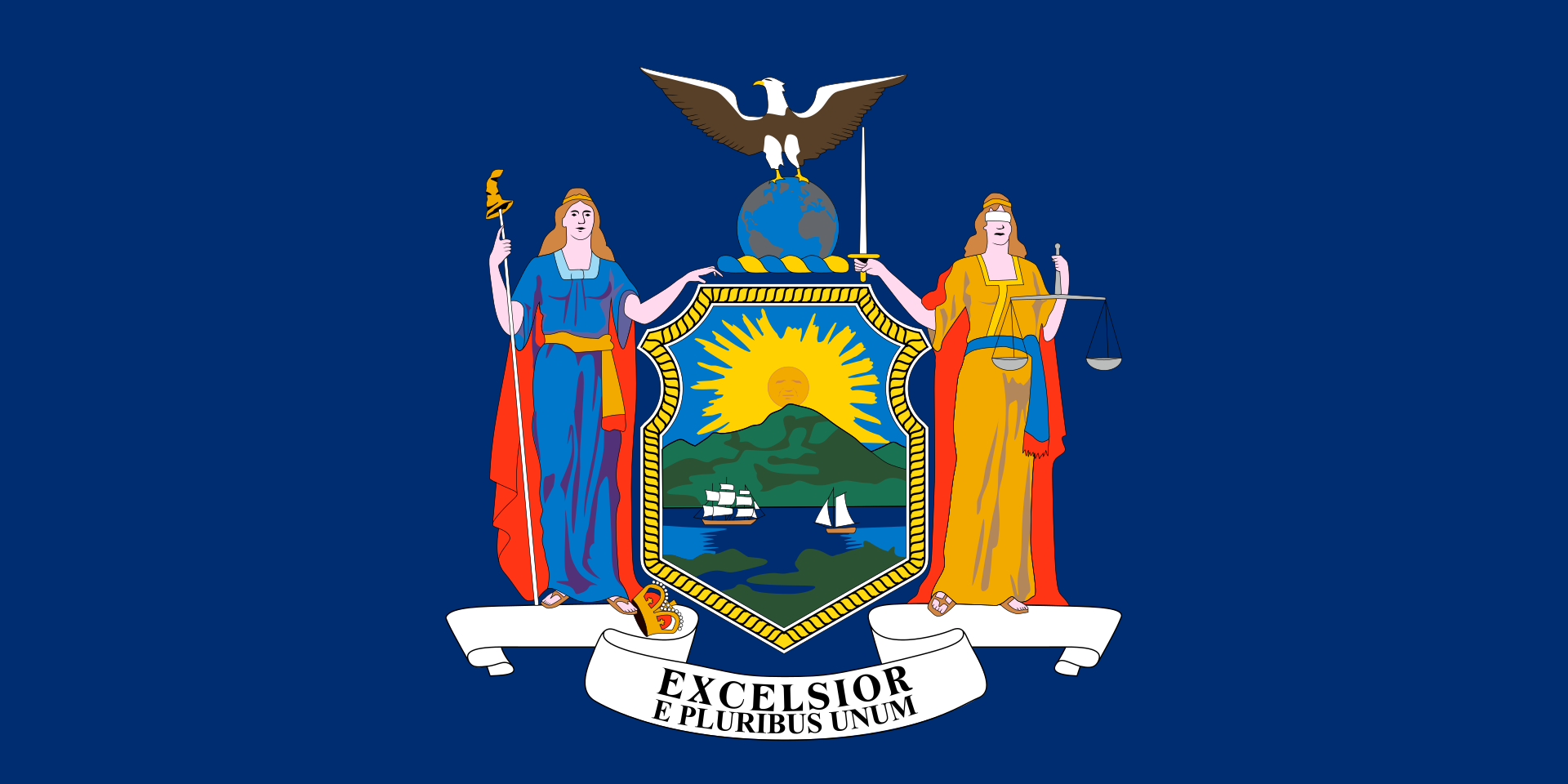 New York-NY
New York-NY
 Nobel prize
Nobel prize
 Nobel Prize in Chemistry
Nobel Prize in Chemistry
 Nobel prize
Nobel prize
 Nobel Peace Prize
Nobel Peace Prize
 Nobel prize
Nobel prize
 Nobel Prize in Literature
Nobel Prize in Literature
 Nobel prize
Nobel prize
 Nobel Prize in Physics
Nobel Prize in Physics
 Nobel prize
Nobel prize
 Nobel Prize in Physiology or Medicine
Nobel Prize in Physiology or Medicine
 Nobel prize
Nobel prize
 Nobel Memorial Prize in Economic Sciences
Nobel Memorial Prize in Economic Sciences
 Nobel prize
Nobel prize
 University/Institute
University/Institute
 Sinology
Sinology

 Universities in the USA
Universities in the USA
 United States
United States


 *Top Industrial Managers for Europe
*Top Industrial Managers for Europe
 Breakthrough Prize
Breakthrough Prize
 New Horizons in Physics Prize
New Horizons in Physics Prize

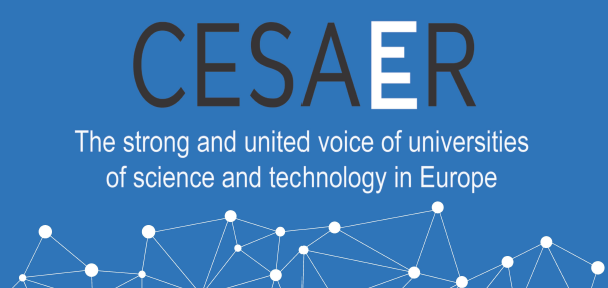 CESAER
CESAER

 Colleges and Universities in Europe
Colleges and Universities in Europe
 Nobel prize
Nobel prize
 Nobel Prize in Chemistry
Nobel Prize in Chemistry
 Nobel prize
Nobel prize
 Nobel Prize in Physics
Nobel Prize in Physics
 Nobel prize
Nobel prize
 Nobel Prize in Physiology or Medicine
Nobel Prize in Physiology or Medicine
 Nobel prize
Nobel prize
 University/Institute
University/Institute
 Switzerland
Switzerland
 Zurich
Zurich
 Universities in Switzerland
Universities in Switzerland

 Science and technology
Science and technology
 *World famous research institutions
*World famous research institutions

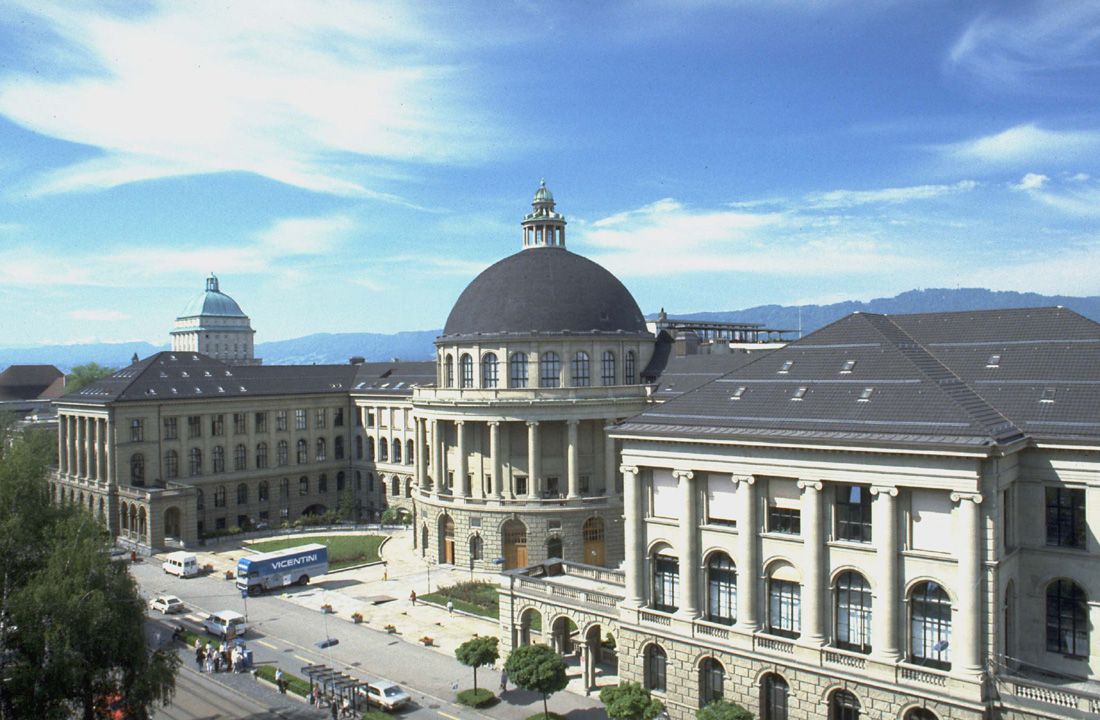
Die Eidgenössische Technische Hochschule Zürich, kurz ETH Zürich, ist eine technisch-naturwissenschaftliche universitäre Hochschule in Zürich. Sie wurde 1855 als Eidgenössisches Polytechnikum gegründet und geniesst international höchstes Ansehen. Ihre Gebäude verteilen sich auf zwei Standorte, einen im Zentrum der Stadt Zürich sowie den Standort Hönggerberg, ausserhalb des Stadtzentrums. Sie zählt zu den renommiertesten Universitäten Europas beziehungsweise weltweit.
Die Hochschule ist in 16 Departemente gegliedert und bietet 23 Bachelor- und 43 Master-Studiengänge an. Weiterführende Studien für ein Doktorat im technischen, mathematischen und naturwissenschaftlichen Bereich sind zahlreich möglich. Derzeit sind rund 20'000 Studierende und Doktorierende eingeschrieben. Die ETH Zürich beschäftigt über 11'000 Personen. Von den 531 Professuren, einschliesslich 94 Assistenzprofessuren, sind 76 (14 %) von Frauen besetzt. Mit der ETH assoziiert sind 21 Nobelpreisträger. ETH-Präsident ist seit 2015 Lino Guzzella, Rektorin ist Sarah M. Springman.
Die ETH Zürich ist eingebunden in den ETH-Bereich, der die Technische Hochschule in Zürich und diejenige in Lausanne sowie vier weitere Forschungsanstalten (Paul Scherrer Institut, Eidgenössische Forschungsanstalt für Wald, Schnee und Landschaft [WSL], Eidgenössische Materialprüfungs- und Forschungsanstalt [Empa] und Eidgenössische Anstalt für Wasserversorgung, Abwasserreinigung und Gewässerschutz [Eawag]) umfasst.
スイス連邦工科大学チューリッヒ校(スイスれんぽうこうかだいがくチューリッヒこう、ドイツ語: Eidgenössische Technische Hochschule Zürich, ETH Zürich, ETHZ)は、スイス連邦のチューリッヒ市にある、スイス連邦経済・教育・研究省配下の公立大学(Hochschule)である。 自然科学と工学を対象とした工科大学であり、1855年に創設され、これまでに21名のノーベル賞受賞者を輩出している。
ETHは世界有数の工科大学であり、さまざまな大学ランキングの上位に入ることが多い[1]。また、フランス語圏のローザンヌには姉妹校であるスイス連邦工科大学ローザンヌ校 (EPFL)がある。ETHはIDEAリーグと国際研究型大学連合の創設時のメンバーであり、Top Industrial Managers for Europe の一員でもある。 建築学科、土木工学科、機械工学科、化学科、林学科に加えて、多目的学科(数学・自然科学・文学・社会学・政治学を包括)があり、レントゲン、アインシュタインなどが学んだ。アインシュタインは、大学に残って助手になりたがったが採用されなかった(後に教授職についている)。
ETH Zurich (Swiss Federal Institute of Technology in Zurich; German: Eidgenössische Technische Hochschule Zürich) is a science, technology, engineering and mathematics university in the city of Zürich, Switzerland. Like its sister institution EPFL, it is an integral part of the Swiss Federal Institutes of Technology Domain (ETH Domain) that is directly subordinate to Switzerland's Federal Department of Economic Affairs, Education and Research.[3] The school was founded by the Swiss Federal Government in 1854 with the stated mission to educate engineers and scientists, serve as a national center of excellence in science and technology and provide a hub for interaction between the scientific community and industry.[4]
As of August 2018, 32 Nobel Prizes winners, 4 Fields Medalists, and 1 Turing Award Winners have been affiliated with the Institute, including Albert Einstein.
It is a founding member of the IDEA League and the International Alliance of Research Universities (IARU) and a member of the CESAER network.
L'École polytechnique fédérale de Zurich (EPFZ, en allemand Eidgenössische Technische Hochschule Zürich, ETHZ) est une université technique de renommée internationale située à Zurich, en Suisse. Elle est parfois surnommée « ETH » ou « Poly » d'après son nom original. Vingt lauréats du prix Nobel ont été professeurs ou ont étudié à l'ETH.
Il Politecnico federale di Zurigo (ufficialmente Eidgenössische Technische Hochschule Zürich, da cui la sigla ETH Zürich), è considerato il più prestigioso istituto universitario politecnico della Svizzera e uno dei più importanti centri di ricerca al mondo.
Fondato nel 1855, forma studenti in campo scientifico e tecnico, si dedica alla ricerca, offre corsi di perfezionamento per specialisti e mette a disposizione servizi di natura tecnica e scientifica.
Grazie alle sue attività altamente qualificate nei settori già menzionati, il Politecnico ha acquisito fama mondiale. Sin dall'inizio si è cercato il dialogo con i migliori docenti e studiosi di tutto il mondo. Oltre una ventina di premi Nobel sono legati a questa scuola, fra cui il chimico Peter Debye, i fisici Albert Einstein e Wolfgang Pauli, così come negli ultimi anni, i chimici Kurt Wüthrich e Richard F. Heck.
La Escuela Politécnica Federal de Zúrich (en alemán Eidgenössische Technische Hochschule Zürich) es una universidad pública pionera en investigaciones en Europa y en todo el mundo. Su campus está en la ciudad suiza de Zúrich, donde se la conoce simplemente como la ETH. Su renombre se debe a los muchos científicos que han pasado por sus aulas y laboratorios, veintiún premios Nobel en sus más de ciento cincuenta años de existencia; entre los más famosos está Albert Einstein.
En la parte francófona de Suiza se encuentra su universidad hermana, la École Polytechnique Fédérale de Lausanne (Escuela Politécnica Federal de Lausanne). Es un miembro de la Liga IDEA y de Top Industrial Managers for Europe (red TIME) y de la Alianza Internacional de Universidades de Investigación (IARU).
Швейцарская высшая техническая школа Цюриха (нем. Eidgenössische Technische Hochschule Zürich, англ. Swiss Federal Institute of Technology Zurich) — вуз в швейцарском Цюрихе.
Высшая техническая школа в Цюрихе была основана 16 октября 1855 года и является не только самым престижным вузом Швейцарии[1] но и неизменно входит в число лучших университетов мира. По версии организации Quacquarelli Symonds Высшая техническая школа Цюриха занимает 9-е место в рейтинге лучших университетов мира а также 5-е место в мире в области инженерных и технических наук уступая при этом лишь Массачусетскому технологическому институту, Стэнфордскому университету, Кембриджскому университету и Национальному университету Сингапура[2].
Среди выпускников и профессоров университета 21 лауреат Нобелевской Премии, наиболее известным из которых является Альберт Эйнштейн, получивший премию по физике в 1921 году.
 Breakthrough Prize
Breakthrough Prize
 Breakthrough Prize in Life Sciences
Breakthrough Prize in Life Sciences

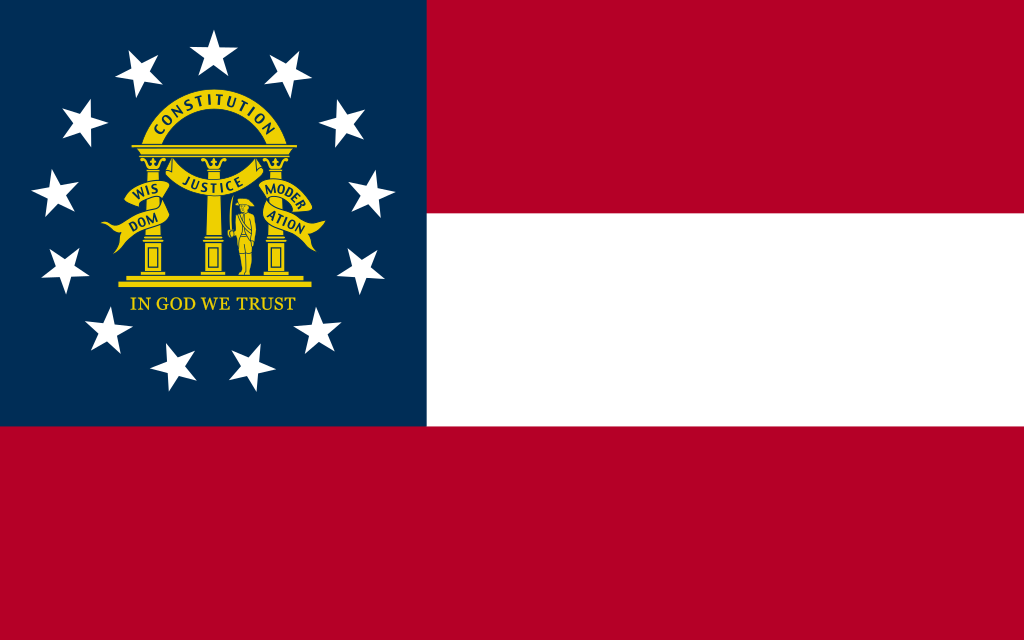 Georgia-GA
Georgia-GA
 Nobel prize
Nobel prize
 University/Institute
University/Institute
 Nobel prize
Nobel prize
 Nobel Peace Prize
Nobel Peace Prize

 Universities in the USA
Universities in the USA
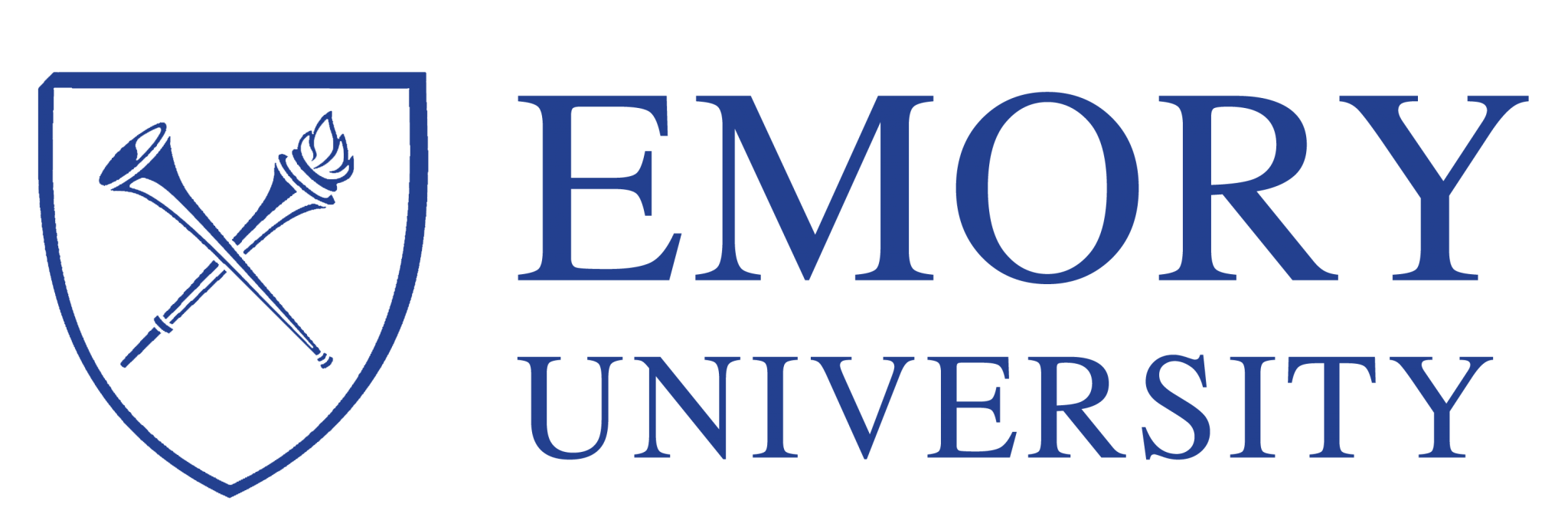


 Breakthrough Prize
Breakthrough Prize
 Fundamental Physics Breakthrough Prize
Fundamental Physics Breakthrough Prize
 Breakthrough Prize
Breakthrough Prize
 New Horizons in Physics Prize
New Horizons in Physics Prize
 United States history
United States history
 Ivy League
Ivy League

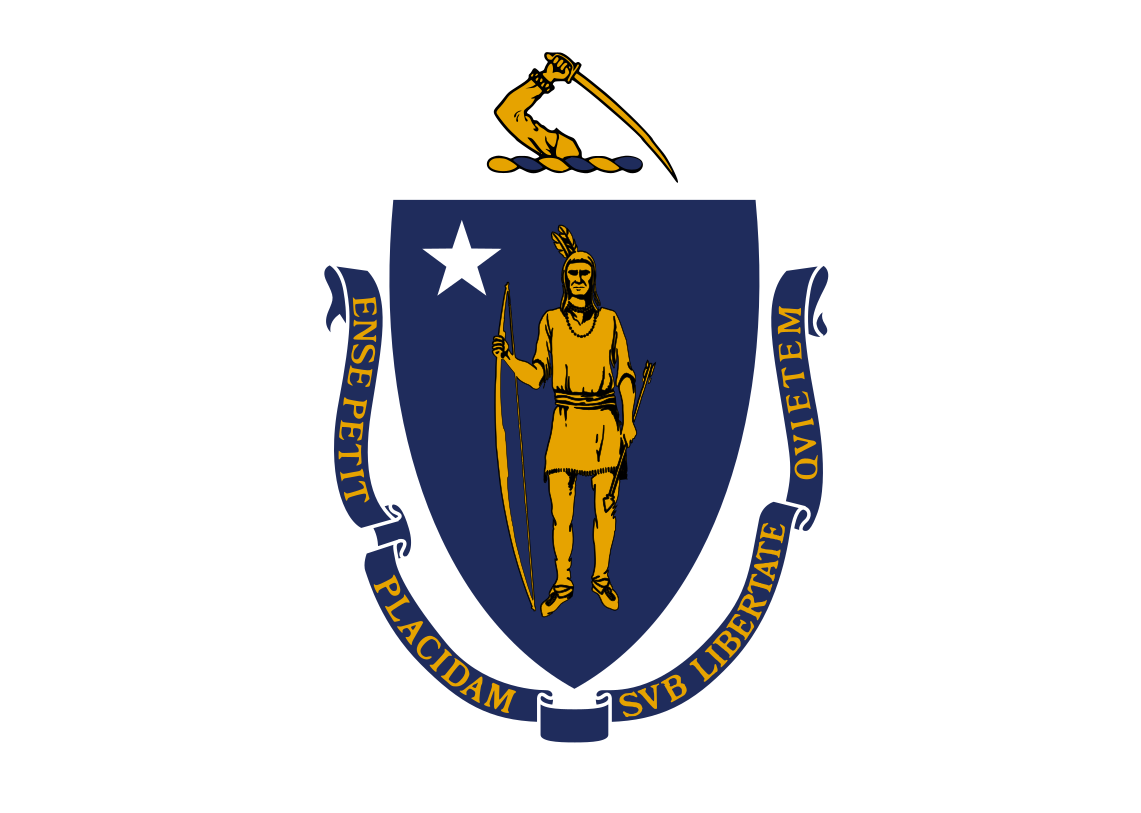 Massachusetts-MA
Massachusetts-MA

 Medical, Pharmaceutical, Rehabilitation
Medical, Pharmaceutical, Rehabilitation
 Medical colleges/Research Institute
Medical colleges/Research Institute
 Nobel prize
Nobel prize
 Nobel Prize in Chemistry
Nobel Prize in Chemistry
 Nobel prize
Nobel prize
 Nobel Prize in Literature
Nobel Prize in Literature
 Nobel prize
Nobel prize
 Nobel Prize in Physics
Nobel Prize in Physics
 Nobel prize
Nobel prize
 Nobel Prize in Physiology or Medicine
Nobel Prize in Physiology or Medicine
 Nobel prize
Nobel prize
 Nobel Memorial Prize in Economic Sciences
Nobel Memorial Prize in Economic Sciences
 Nobel prize
Nobel prize
 University/Institute
University/Institute
 Nobel prize
Nobel prize
 Nobel Peace Prize
Nobel Peace Prize
 Sinology
Sinology

 Universities in the USA
Universities in the USA
 United States
United States

 Science and technology
Science and technology
 *World famous research institutions
*World famous research institutions
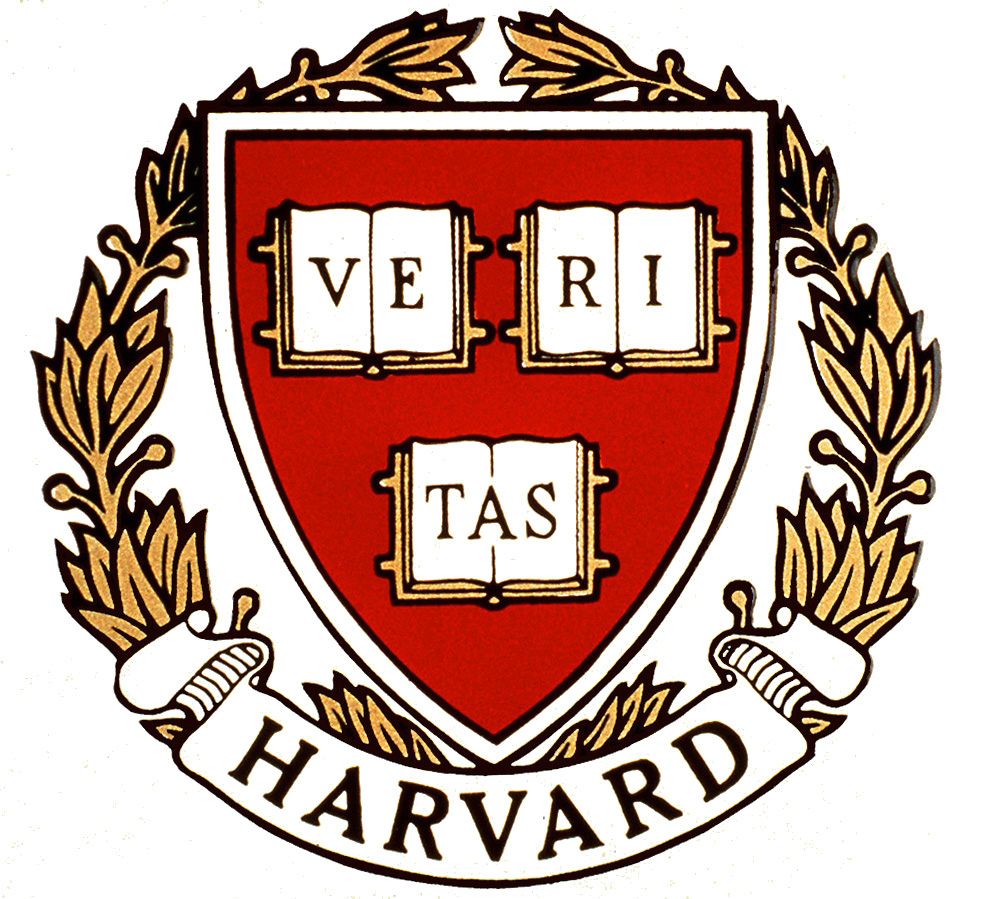
哈佛大学(英语:Harvard University)为一所本部坐落于马萨诸塞州剑桥市的私立研究型大学。其因历史、学术影响力、财富等因素而获评为世上最享负盛名的学府之一。[5][6][7][8][9]
哈佛于1636年由当地的殖民地立法机关立案成立,迄今为全美历史最悠久的高等学府,并拥有北美最古老的校董委员会。[10] 其最初称之为“新学院”,该机构为了感谢一名年轻的牧师约翰·哈佛所作出的捐赠,而改名为“哈佛学院”。虽然从没有与任何宗教派别有正式的联系,但早期的学院还是以培养公理会及一位论派神职者为主要职责。可是自18世纪起,其课程与学生群体的宗教性质渐渐淡化,而19世纪的哈佛则进一步成为了波士顿精英的文化起源地[11][12]。美国南北战争后,当时的校长查尔斯·艾略特将哈佛各个学术机构综合成了一所研究型大学,并增添了小班授课以及入学考试,而这些模式同时也影响了国家的中高等教育政策。此校亦为美国大学协会其中一个原始成员[13],并在经济大萧条及二次大战后进一步修改了课程及收生政策。后与拉德克利夫学院合并成为了男女校。[13]
校方目前共有十所学院及一所高等研究院。这些单位偏布邻近各区:其本部位于剑桥的哈佛庭院;医学、公共卫生及口腔医学院位于波士顿的长木医学区;而包括哈佛体育场在内的大学体育设施以及商学院则在奥尔斯顿。哈佛同时拥有庞大的资产,每年所收到的捐款回赠数目长期位列全球教育机构之首。[14][15][16][1]
哈佛大学为全美最难入读的学府之一。[17] 学校的研究生课程较为多元化,而本科教育则主要集中在文理学范畴。校方在2007年起实行了财政援助政策,家庭年收入低于一定数目的学生获得不同程度的学费豁免。[18] 哈佛拥有全美最古老的图书馆系统,这同时也是全球最具规模的私立及大学图书馆系统,馆藏量逾1600万册。[19] 其为常春藤盟校成员之一,现共有42支参与不同运动竞赛的代表队,属全美大学体育协会甲组。除了体育,学生的课外生活还包括各个学会所举办的活动。哈佛校友涵盖8名美国总统及多国领袖与政治要员;其亦培养了62名富豪企业家及335位罗德学者,人数均为全美最多[20][21];另也有150多名诺贝尔奖得主现在或曾经在哈佛学习或工作[注 1]。
Die Harvard University (kurz Harvard) ist eine private Universität in Cambridge (Massachusetts) im Großraum Boston an der Ostküste der Vereinigten Staaten. Die Gründung geht auf das Jahr 1636 zurück, als fromme englische Kolonisten im damaligen Newetowne den Beschluss fassten, eine Ausbildungsstätte für Geistliche zu errichten. Aus dieser Schule ging die Harvard-Universität hervor, die damit die älteste Universität der Vereinigten Staaten ist.
Obwohl die Universität überkonfessionell ausgerichtet ist, bestanden besonders zu Beginn enge Beziehungen zu den Kongregationalisten und Unitariern.[3] Harvard erreicht in internationalen Vergleichen regelmäßig einen Spitzenplatz unter den besten Eliteuniversitäten und ist Gründungsmitglied der Association of American Universities. Seit einigen Jahren errichtet die Universität ein globales Netzwerk für Alumni, Gäste und Freunde.[4]
ハーバード大学(英語: Harvard University)は、アメリカ合衆国の研究型私立大学であり、アイビー・リーグの一校。イギリス植民地時代の1636年に設置された、アメリカ合衆国内において、最も学術的起源の古い高等教育機関である。
Harvard University is a private Ivy League research university in Cambridge, Massachusetts, with about 6,700 undergraduate students and about 15,250 post graduate students. Established in 1636 and named for its first benefactor, clergyman John Harvard, Harvard is the United States' oldest institution of higher learning,[9] and its history, influence, and wealth have made it one of the world's most prestigious universities.[10] The Harvard Corporation is its first chartered corporation. Although never formally affiliated with any denomination, the early College primarily trained Congregational and Unitarian clergy. Its curriculum and student body were gradually secularized during the 18th century, and by the 19th century, Harvard had emerged as the central cultural establishment among Boston elites.[11][12] Following the American Civil War, President Charles W. Eliot's long tenure (1869–1909) transformed the college and affiliated professional schools into a modern research university; Harvard was a founding member of the Association of American Universities in 1900.[13] A. Lawrence Lowell, who followed Eliot, further reformed the undergraduate curriculum and undertook aggressive expansion of Harvard's land holdings and physical plant. James Bryant Conant led the university through the Great Depression and World War II and began to reform the curriculum and liberalize admissions after the war. The undergraduate college became coeducational after its 1977 merger with Radcliffe College.
The university is organized into eleven separate academic units—ten faculties and the Radcliffe Institute for Advanced Study—with campuses throughout the Boston metropolitan area:[14] its 209-acre (85 ha) main campus is centered on Harvard Yard in Cambridge, approximately 3 miles (5 km) northwest of Boston; the business school and athletics facilities, including Harvard Stadium, are located across the Charles River in the Allston neighborhood of Boston and the medical, dental, and public health schools are in the Longwood Medical Area.[15] The endowment of Harvard's is worth $37.1 billion, making it the largest of any academic institution.[8]
Harvard is a large, highly residential research university.[16] The nominal cost of attendance is high, but the university's large endowment allows it to offer generous financial aid packages.[17] The Harvard Library is the world's largest academic and private library system, comprising 79 individual libraries holding over 18 million items.[18][19][20] The University is cited as one of the world's top tertiary institutions by various organizations.[21][22][23][24]
Harvard's alumni include eight U.S. presidents, several foreign heads of state, 62 living billionaires, 359 Rhodes Scholars, and 242 Marshall Scholars.[25][26][27] To date, some 157 Nobel laureates, 18 Fields Medalists, and 14 Turing Award winners have been affiliated as students, faculty, or staff.[28] In addition, Harvard students and alumni have won 10 Academy Awards, 48 Pulitzer Prizes,[29] and 108 Olympic medals (46 gold, 41 silver and 21 bronze).[30]
L’université Harvard (Harvard University), ou plus simplement Harvard, est une université privée américaine située à Cambridge, ville de l'agglomération de Boston, dans le Massachusetts. Fondée le 28 octobre 16361, c'est le plus ancien établissement d'enseignement supérieur des États-Unis2,3.
Elle fait partie de l'Ivy League, regroupement informel des huit universités de la côte Est des États-Unis. Plus de 70 de ses étudiants ont reçu un prix Nobel4. Le corps enseignant est constitué de 2 497 professeurs, pour 6 715 étudiants de premier cycle (undergraduate, en anglais) et 12 424 étudiants de cycle supérieur (graduate en anglais). Harvard attire des étudiants du monde entier (132 nationalités représentées en 20045).
L'Università Harvard (in inglese: Harvard University) è un'università privata statunitense situata a Cambridge, nel Massachusetts, nell'area metropolitana della città di Boston.
Fu fondata con contributi privati a partire da quelli elargiti nel 1639[1] da John Harvard ed è parte della Ivy League. Harvard è la più antica istituzione universitaria degli Stati Uniti[2] e la prima corporazione (ufficialmente The President and Fellows of Harvard College) registrata nella nazione. La storia, l'influenza e la ricchezza di Harvard l'hanno resa una delle più prestigiose università nel mondo.[3][4][5][6]
Harvard ha ricevuto il proprio nome dal suo primo benefattore, John Harvard. Sebbene mai ufficialmente affiliata con una chiesa, l'università originariamente forniva istruzione al clero congregazionista e unitariano. Il curriculum accademico e gli studenti di Harvard si laicizzarono gradualmente durante il diciottesimo secolo, e all'inizio del diciannovesimo l'istituzione era ormai emersa come il principale centro culturale tra le élite sociali di Boston.[7][8] Dopo la Guerra Civile Americana, i quarant'anni di presidenza di Charles W. Eliot trasformarono Harvard College e le scuole professionali affiliate in un'università di ricerca centralizzata, guidata da James Bryan Conant negli anni della Grande Depressione e della seconda guerra mondiale. Harvard ha le più alte sovvenzioni finanziarie di qualunque istituzione accademica nel mondo; a settembre 2011 esse ammontavano a 32 miliardi di dollari statunitensi.[9] L'attuale rettore dell'Università Harvard è la professoressa Drew Gilpin Faust.
Al 2010 Harvard contava circa 2100 insegnanti, 6700 studenti di primo livello e 14500 studenti specialistici e professionali.[10] Otto presidenti degli Stati Uniti si sono laureati a Harvard e 75 premi Nobel sono stati studenti, insegnanti o affiliati. Harvard è anche la scuola di provenienza di sessantadue miliardari viventi.[11] Con oltre 17 milioni di volumi[12] il sistema di biblioteche accademiche di Harvard è il più grande degli Stati Uniti e uno dei più grandi del mondo.
La Universidad de Harvard o Universidad Harvard es una universidad privada ubicada en la ciudad de Cambridge (Massachusetts) en Estados Unidos. Fue fundada en 1636 y nombrada así por el clérigo John Harvard, su primer benefactor. Es la institución de educación superior más antigua de los Estados Unidos. Su historia, influencia y riqueza la han convertido en una de las universidades más prestigiosas del mundo
El primer claustro estuvo formado por congregacionales y unitarios de la primera escuela de la universidad. Su currículum y su cuerpo estudiantil fueron gradualmente secularizados durante el siglo XVIII, y para el siglo XIX, Harvard había emergido como el establecimiento cultural central entre las élites de Boston. Después de la Guerra Civil Estadounidense, la larga permanencia del presidente Charles W. Eliot (1869-1909) transformó la universidad y las escuelas profesionales afiliadas en una moderna universidad de investigación; Harvard fue miembro fundador de la Association of American Universities en 1900. A. Lawrence Lowell, quien siguió a Eliot, reformó aún más el plan de estudios de pregrado y emprendió una expansión agresiva de las propiedades de tierra y la planta física de Harvard. James Bryant Conant condujo a la universidad a través de la Gran Depresión y la Segunda Guerra Mundial y comenzó a reformar el plan de estudios y liberalizar las admisiones después de la guerra. La universidad de pregrado se convirtió en mixta después de su fusión en 1977 con Radcliffe College.
La universidad está organizada en once unidades académicas separadas —tres facultades y el Instituto Radcliffe para Estudios Avanzados— con campus en todo el área metropolitana de Boston: su campus principal de 209 acres (85 ha) se centra en el Harvard Yard en Cambridge, aproximadamente. 3 millas (5 km) al noroeste de Boston; la escuela de negocios y las instalaciones de atletismo, incluido el Harvard Stadium, están ubicadas al otro lado del río Charles en el vecindario Allston de Boston y las escuelas de medicina, odontología y salud pública se encuentran en el área médica de Longwood. La dotación de Harvard es de $ 34.5 mil millones, por lo que es la más grande de cualquier institución académica.
Harvard es una universidad de investigación grande y altamente residencial. El costo nominal de asistencia es alto, pero la gran dotación de la universidad le permite ofrecer generosos paquetes de ayuda financiera. Opera varios museos de arte, cultura y ciencias, junto con la Biblioteca de Harvard, que es el sistema de bibliotecas privadas y académicas más grande del mundo, que comprende 79 bibliotecas individuales con más de 18 millones de volúmenes. Entre los ex alumnos de Harvard se incluyen ocho presidentes de los Estados Unidos, varios jefes de estado extranjeros, 62 billonarios vivos, 359 Rhodes Scholars y 242 Marshall Scholars. Hasta la fecha, unos 157 premios Nobel, 18 ganadores de la medalla Fields y 14 ganadores del premio Turing han sido afiliados como estudiantes, profesores o personal. Además, los estudiantes y ex alumnos de Harvard han ganado 10 premios de la Academia, 48 premios Pulitzer, y 108 medallas olímpicas (46 de oro, 41 de plata y 21 de bronce).
Entre los rankings mundiales, el Academic Ranking of World Universities (ARWU) ha situado a Harvard como la mejor universidad del mundo todos los años desde su lanzamiento. Cuando QS y Times Higher Education se publicaron en sociedad como THE-QS World University Rankings durante 2004-2009, Harvard también ocupó el primer puesto todos los años. Además, los THE World Reputation Rankings clasificaron consecutivamente a Harvard como la institución más importante entre las "seis súper marcas" universitarias del mundo; las otras fueron Berkeley, Cambridge, MIT, Oxford y Stanford.
 Education and Research
Education and Research
 History
History